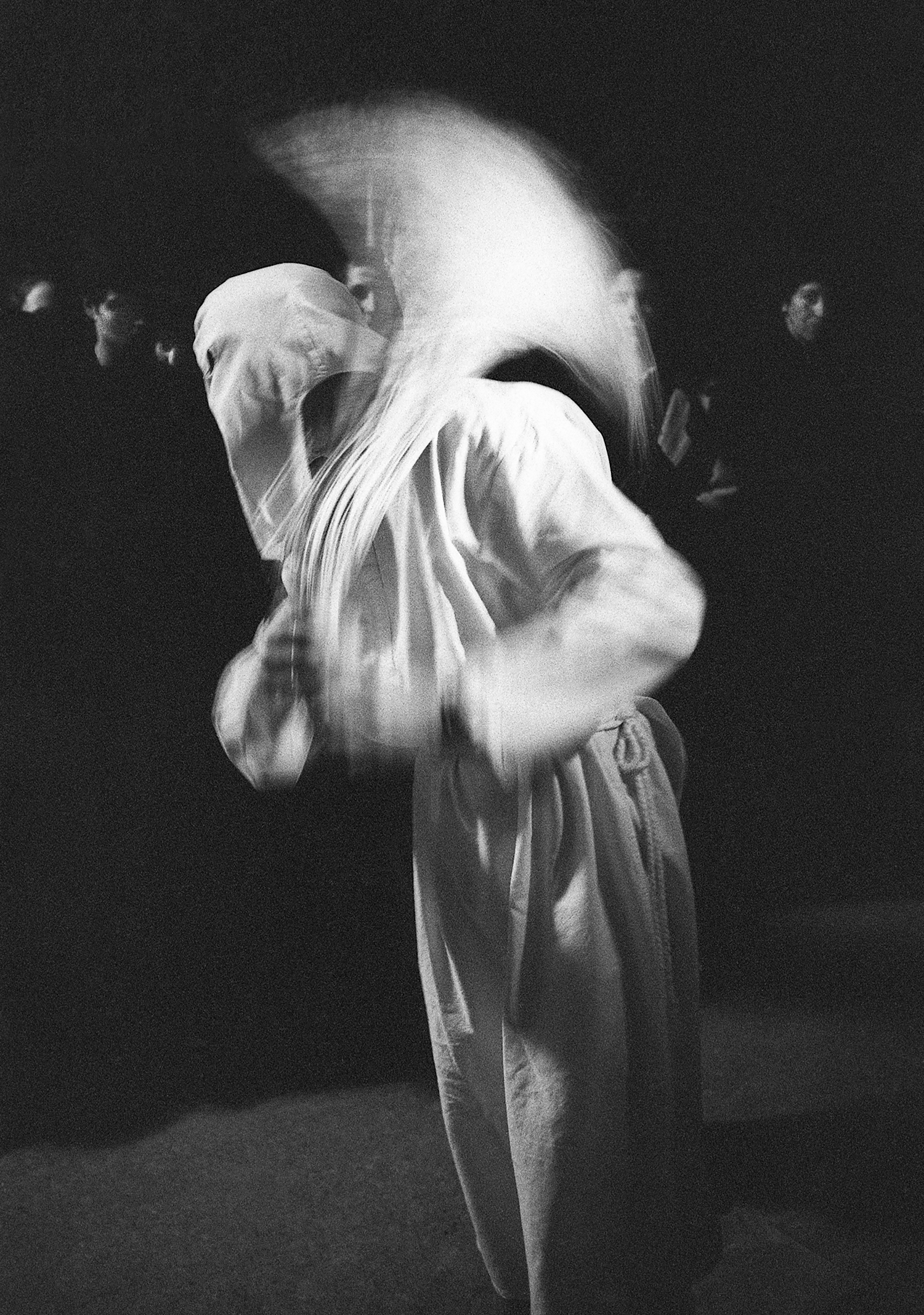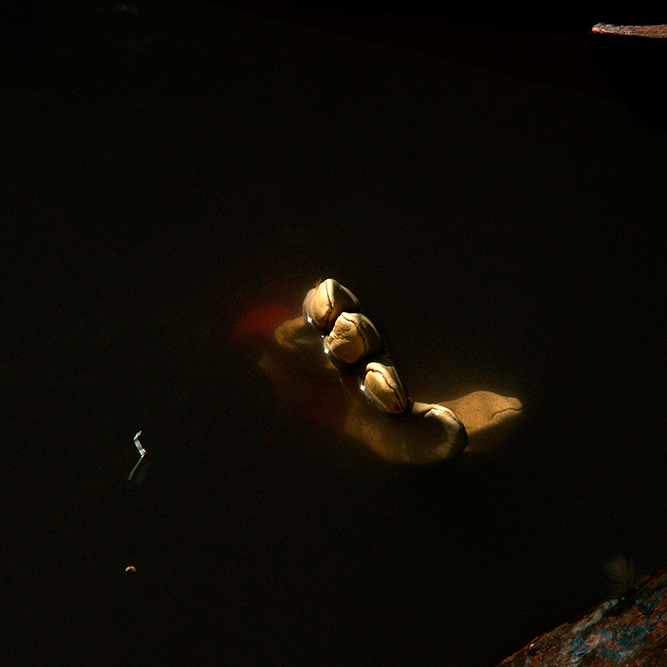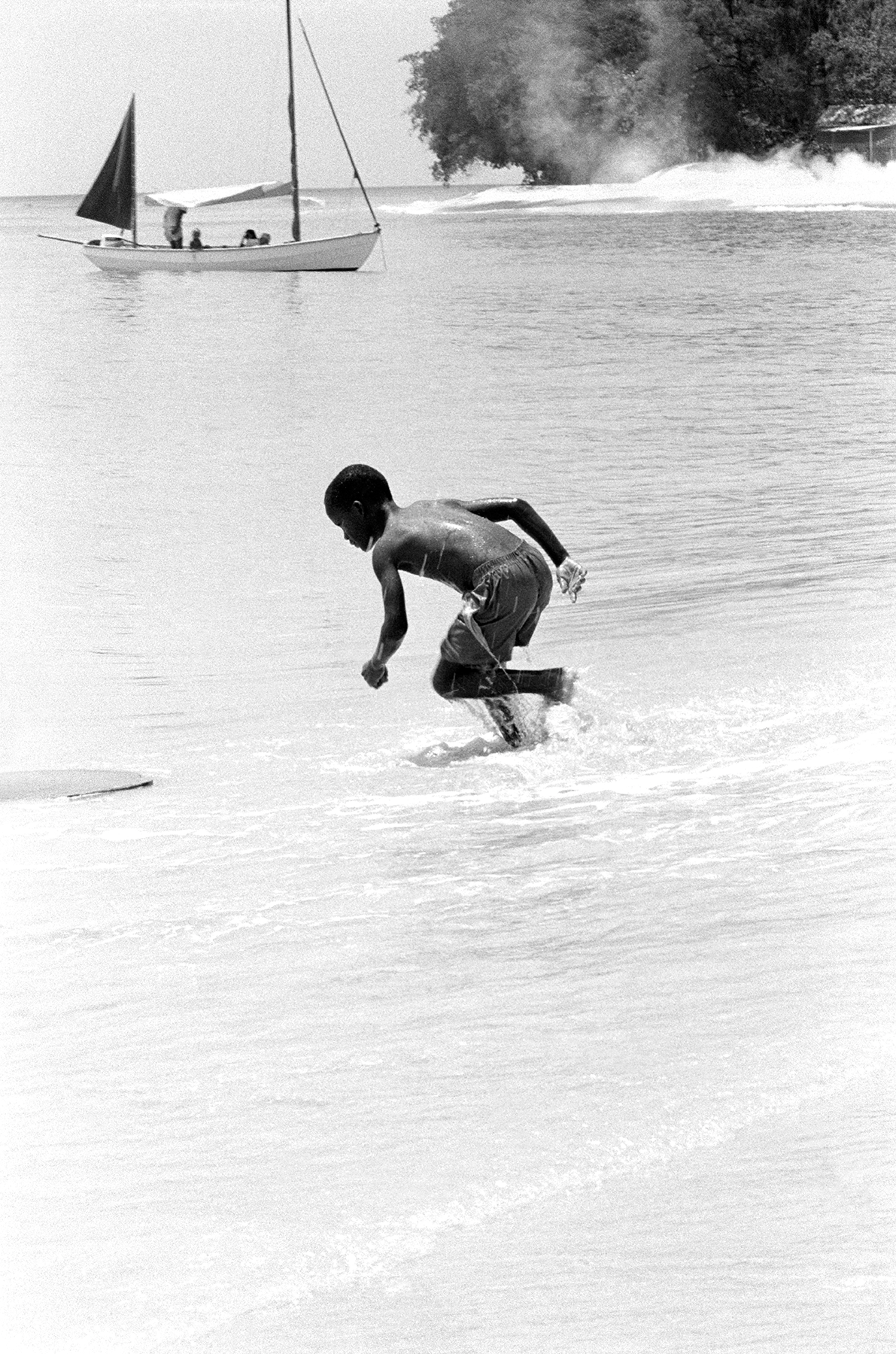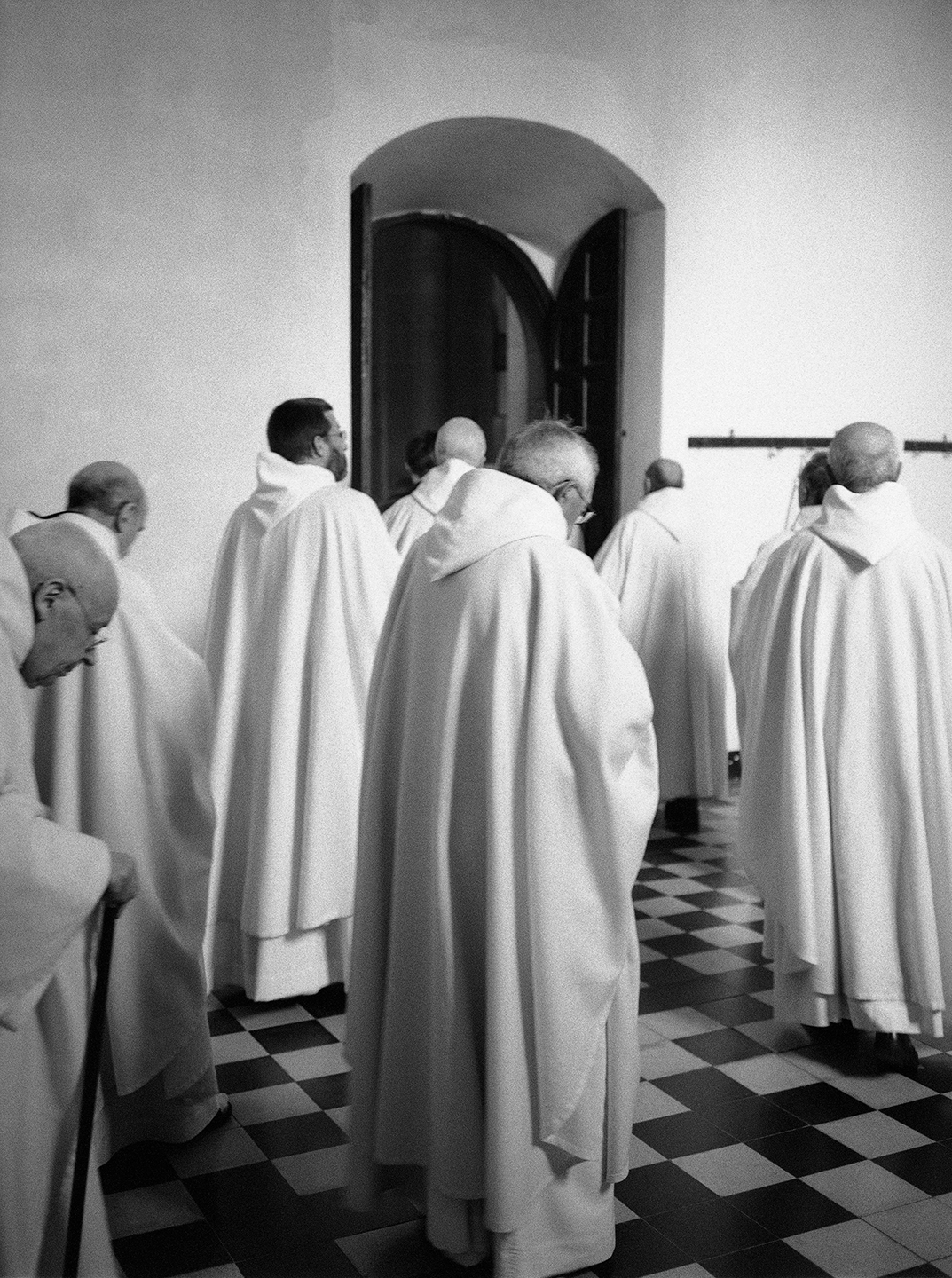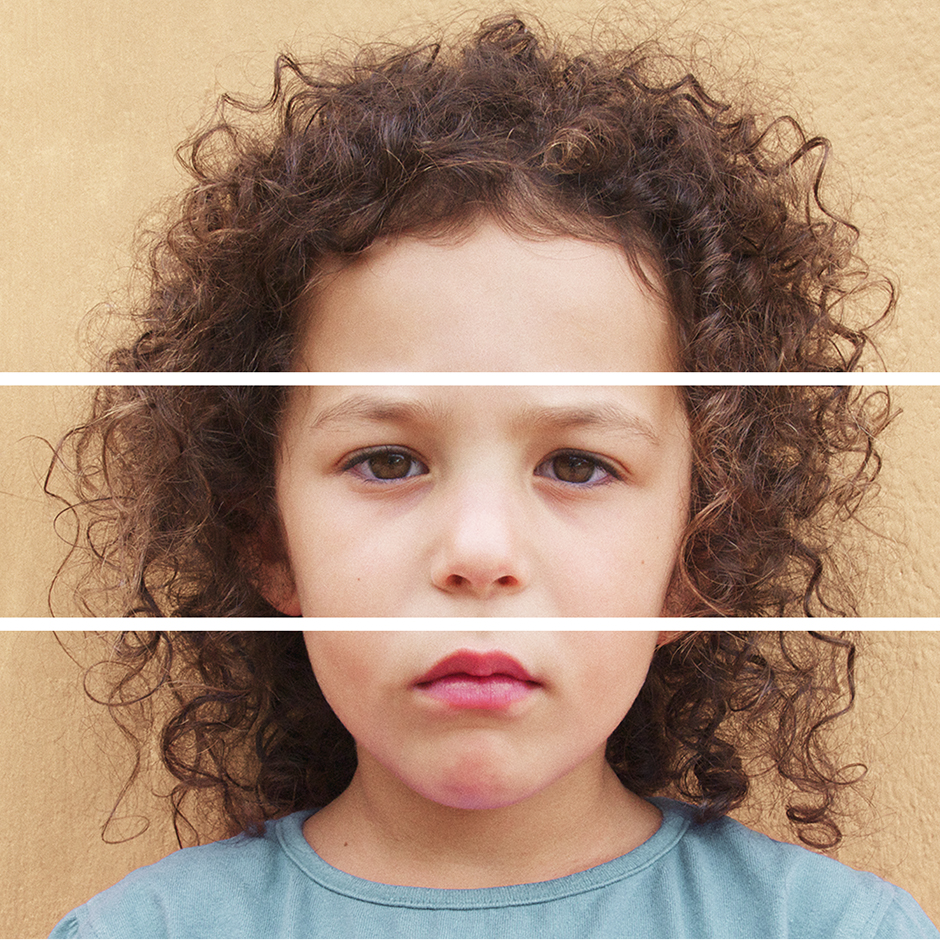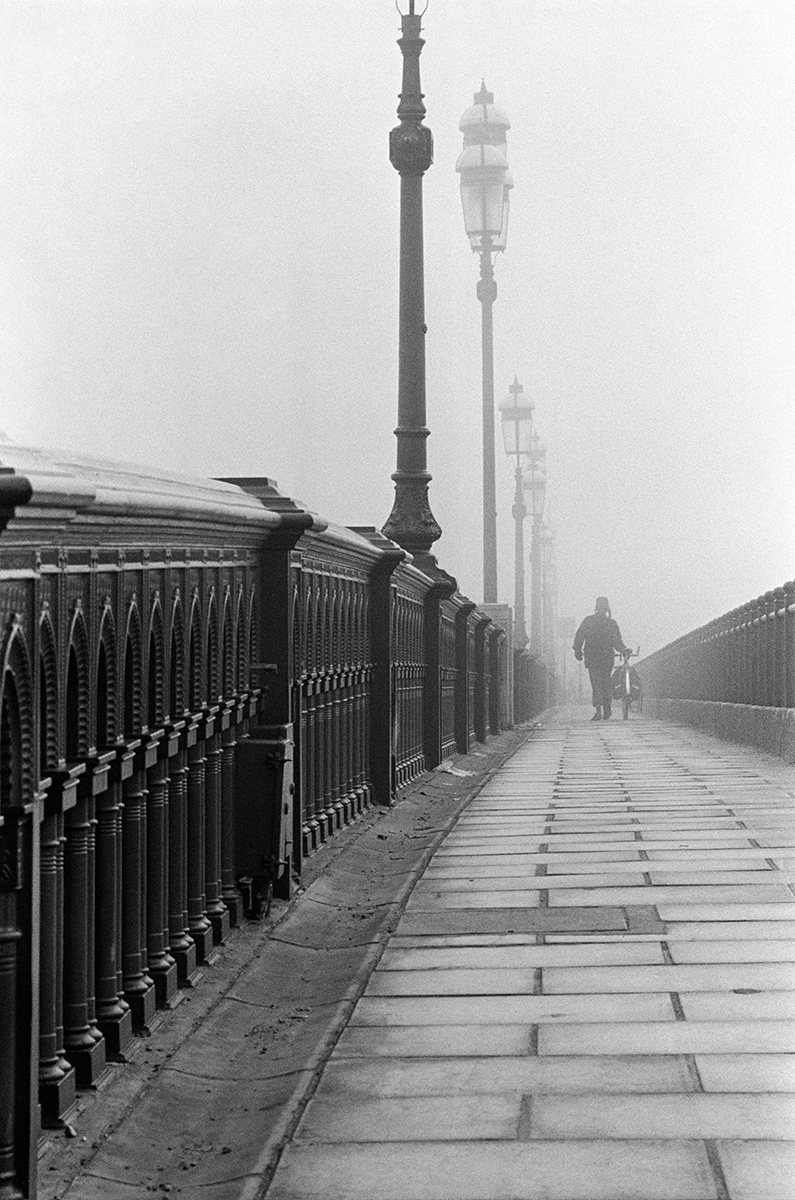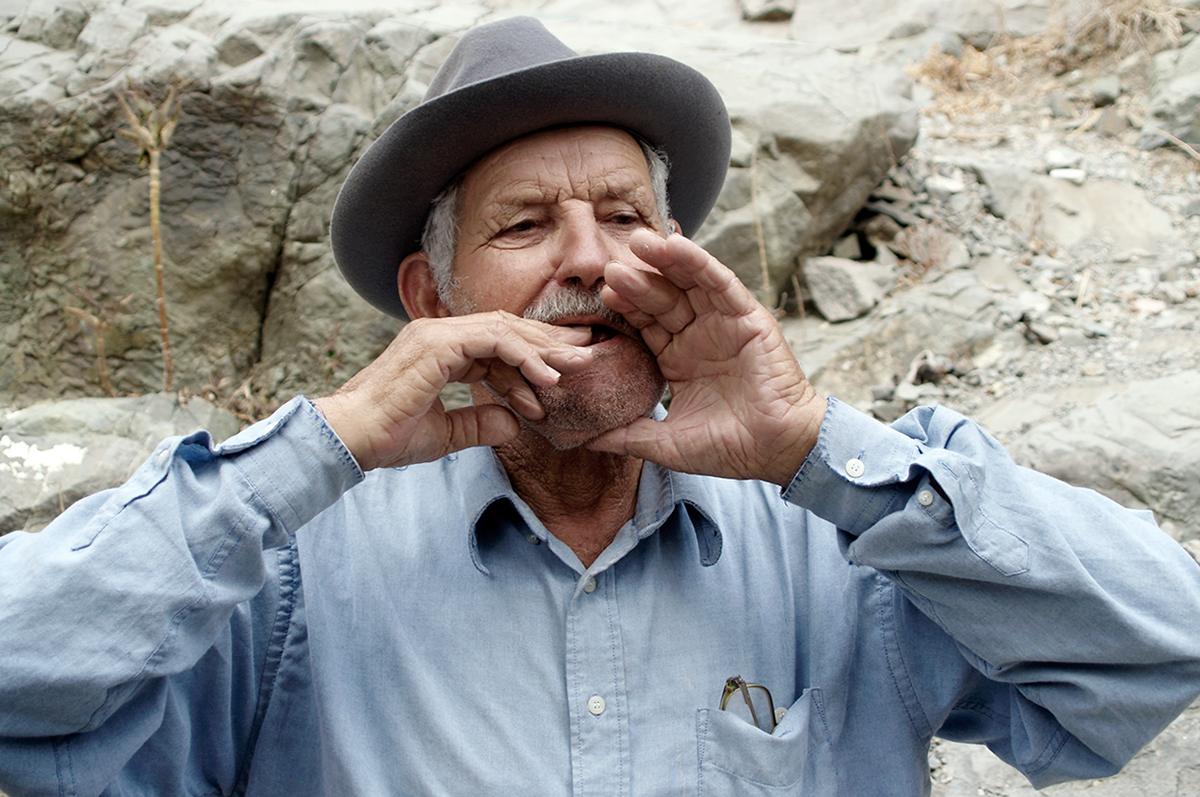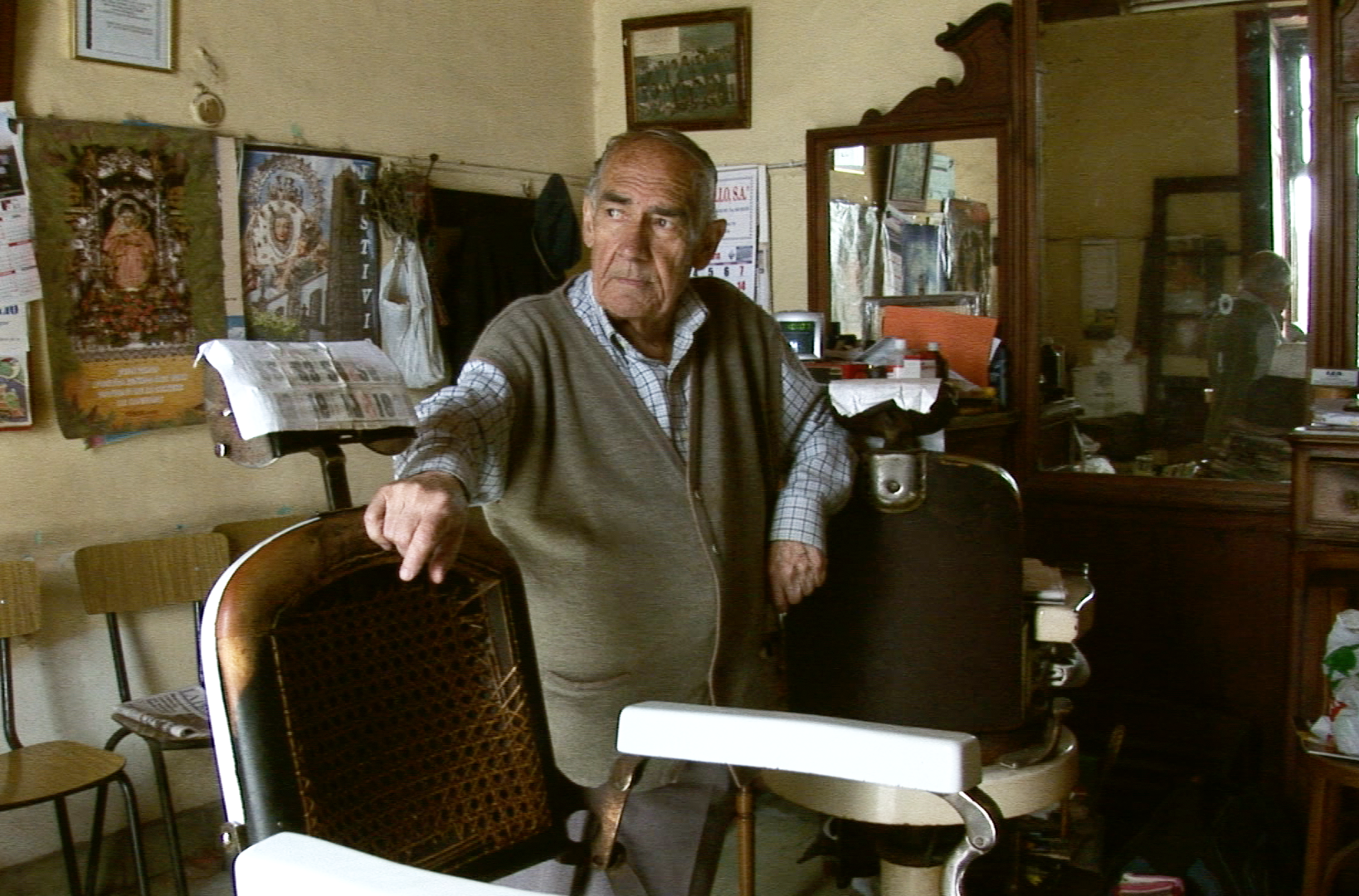The Quest for Ancestral Faces is a multidisciplinary arts and science research project on the Canary Islands. Its purpose is to understand and illustrate the connection between their enigmatic, ancient population and the current inhabitants. The project explores Canarian identity, and includes forensic facial reconstructions, ethnographic photography and video conversations with geneticists, anthropologists and archaeologists. It seeks to establish a new link between populations separated by centuries, and deepen our knowledge of the heritage of the islands, in addition to being the largest facial reconstruction project ever undertaken from a single archaeological population anywhere in the world.
¨Someday, hundreds of years from now, our faces will be forgotten by those who look in the mirror thinking that they are unique, that there was never a similar gesture or a smile almost identical to theirs. In this exhibition, everything that happens when one looks from one side of the room to the other can only be understood from the perspective of the human condition itself. Contemporary faces and ancestral faces end up being confused in the genetics of time¨.
Santiago Gil
Once a year, during easter week in Northern Spain, penitents join a procession through the tiny village of San Vicente de la Sonsierra and flagellate themselves. San Vicente is the only village left in Spain still practising this custom after Franco banned it, managing to continue it even in his lifetime.
Left behind in the large cayucos or smaller pateras (boats) that brought them, the belongings of would-be immigrants from the Western shores of Africa to the Canary Islands remain deserted and forgotten.
Of the Roman Catholic Order of Strict Observance, the enclosed Trappist community search for isolation and poverty in order to reach intimacy with God. An ancient way of life that is slowly disappearing, their seclusion and private contemplation is a living testament to lives devoted to spiritual service, in extraordinary counterpoint to the modern world.
The beginnings of a practise-based research project that seeks to investigate the roots of the ancient indigenous population of the Canary Islands, and how they may relate to current Canarian culture.
A sample collection of individual black and white photographs taken on travels in Europe and the US.
Written in the Wind
Documentary (26 minutes) Spanish, English subtitles
The existence of el Silbo, the whistle, is unique in Europe to La Gomera, one of the seven islands that make up the archipelago of the Canary Islands. Handed down through the centuries, the origins of this mystical language have disappeared into the mists of time, but the tiny island, with a population of only 20,000, is rugged and remote and communications over the landscape were difficult. The advent of modern times brought the threat of death to the language. Now this ancient and anachronistic tradition is being upheld and a law has been passed that all school children from age six to fourteen learn to whistle.
The Barber
Documentary (26 minutes) Spanish, English subtitles
For almost a hundred years the barbershop has been at the centre of the local community in the village of Teror, Gran Canaria – a focal point that is now inexorably vanishing. Pepito, its eighty-two year old barber, is at the end of his working life, and although friends continue to visit, life in the shop slowly becomes much quieter. As he attends to fewer and fewer clients he spends more time alone.

